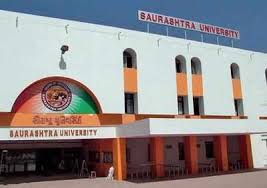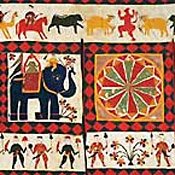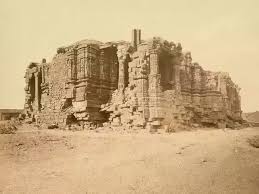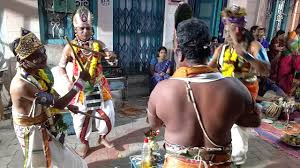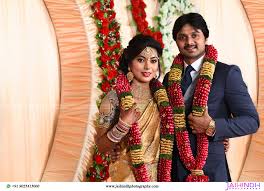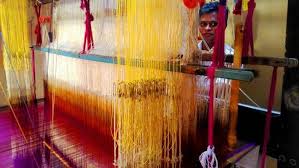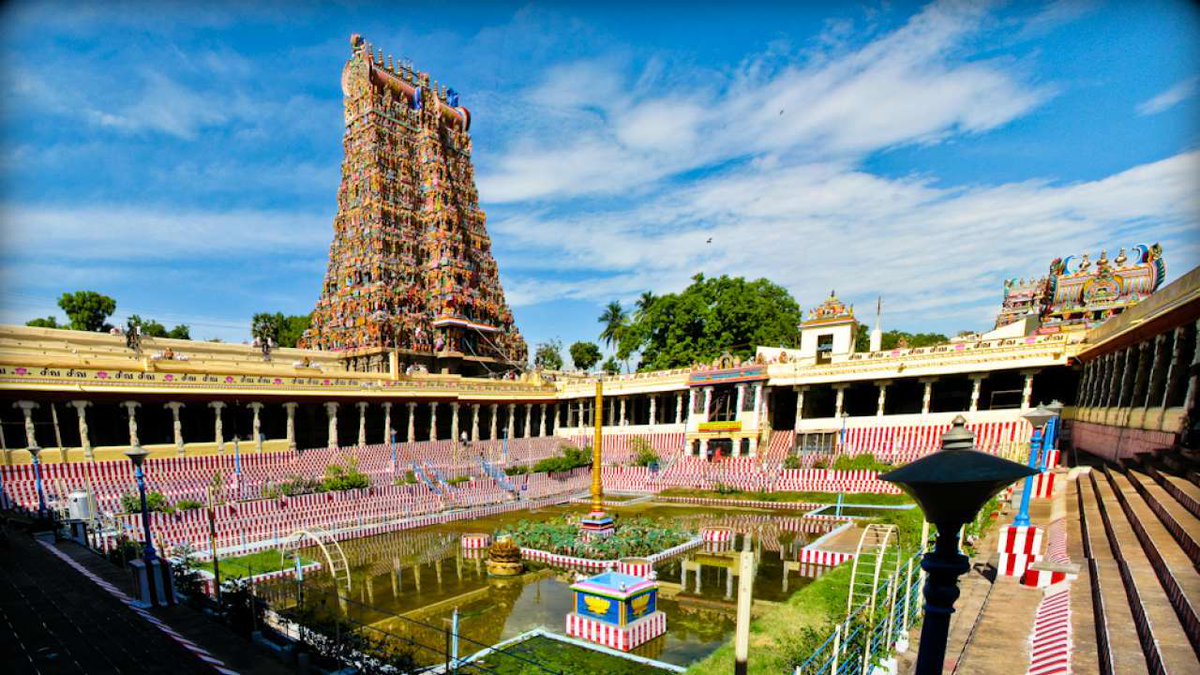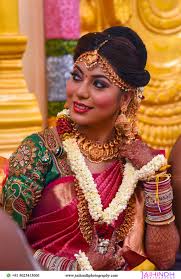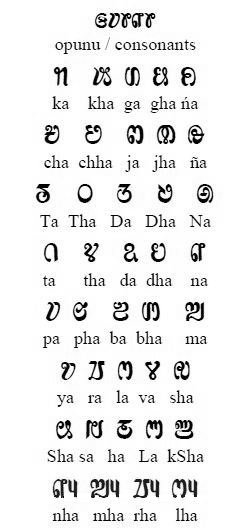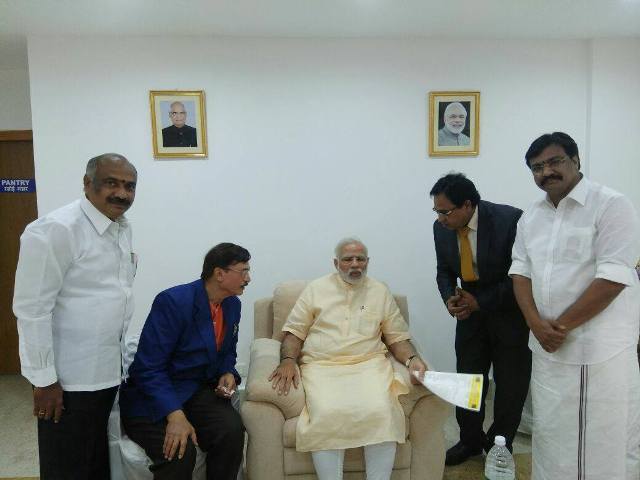One of the most awaited Mega thread :
"The Unwritten History of the Saurashtrians (Kathiywadi People) of South India"
This is one of the most underrated but highly event of India& #39;s Early History. Enjoy, ( Don& #39;t miss at all if your are Gujarati) @IndiaArtHistory
"The Unwritten History of the Saurashtrians (Kathiywadi People) of South India"
This is one of the most underrated but highly event of India& #39;s Early History. Enjoy, ( Don& #39;t miss at all if your are Gujarati) @IndiaArtHistory
The above facts are taken from my research of an upcoming book : "Earliest Migration in Indian subcontinent", Releasing in Feb 2020. Here we go. Feel free to ask significance of images/facts if I am missing something.
In Rajkot, Gujarat, you can find banks, schools and colleges and a chamber of commerce, all having their names preceded with the word Sourashtra& #39;. Interestingly, this is no town or village in Gujarat, but one at a distance of 2,000 kms from Rajkot in Tamil Naidu Madurai !!!!
From 500 to 1000 A.D. Saurashtrians (Known as Kathiwadi People) lived in Mandsar, Dasapura towns of the old Saurashtra Province which included portions of the present Gujarat and Maharashtra States doing spinning and weaving works.
In Dasapura they built their own a Sun Temple and worshipped Sun God. The Sanskrit term Saura means sun. As they built and worshipped Sun or Saura God they were called as Saurashtrians and the region they lived was naturally called as Saurashtra Province.
In major portions of Saurashtra region cotton was growing in large quantities. It was long staple variety cotton. As it was growing in the Arabian Sea breeze it was similar to the Egyptian or American type cotton very suitable for making thin thread.
Saurashtra region was ruled by the Mourya dynasty King Somasarma, Saka dynasty King Rudradama and Gupta dynasty King Chandragupta called Vikramaditya. The Gujrati Calendar is named after King Vikramaditya, called Vikram Samvant.
In 1024 Mohamed of Ghazini attacked the area of Somnath in Kathiawar. He plundered, looted, destroyed the Temple of Somnath and carried away valuable jewels, gold, diamonds, etc. This was a major shock to all the population across the state.
As the Saurashtrians were unable to bear the harassments, continued disturbances of their works and destruction of properties by Ghazini 17 times or so they left their beloved place and migrated to peaceful places in the North, Centre and South of India.
Some migrated to the Surat town on the banks of River Tungabadhra and then to Devagiri of Yadava Kingdom. In Devagiri or Dauladabad they lived for about 2 to 3 centuries.Thereby some terms and words of Varaja language got mixed with the Saurashtra language. (diff thread on way)
1294, Sultan of Delhi, Khilji and his General Malik Kafur crossed Vindhiya hills and Devagiri, waged battles with the Yadava King Ramchand. In the battle Yadava King was defeated and imprisoned. Alauddin Kiliji plundered all the properties of the people and left for Delhi.
Due to this historical reason, Saurashtrians left Devagiri and migrated first to Marati Kingdom and then to Vijayanagar Empire. In that way many terms and words of Marati, Konkani and Kannada languages mingled with the Saurashtra language. Examples: Amti (curry), Limbu (Lemon).
Viswanatha Naicker and his successors were defeated in the battle by Bahmani Sultan at Talikota in 1565. Vijayanagar Empire also was destroyed. At that time Saurashtrians who were living there with the full support of the kings for about 2 centuries had to leave Vijayanagar also.
Between 1623 and 1659 Thirumalai Naicker was ruling in Madurai. He invited the Saurashtrians weavers to Madurai to make silk dresses for the Royal family and as a result they came down to Madurai and settled there. His 100 pillar mantapa is in image.
As time went on they settled in other places like Trichy, Tanjore, Kumbakonam, Salem, etc. in Tamil Nadu. Because of their arrival at Madurai, the town developed into a big city. For nearly 4 centuries now they have been living in Madurai and other towns in Tamil Nadu.
Not only weaving works but also all sorts of works they are doing there. Today schools, colleges, Mills and other institutions are run by them. Saurashtrians, are classified based on their gotra, or patrilineal descent, majority of the people are Vaishnavas.
The Saurashtrians are of a religious bent of mind and they value morality and high character. The chief divinity of Saurashtrians is Venkateshwara of Tirupati. Among other Gods they worshipped Sun God, Rama etc. They made regular visits to Meenakshi temple.
Their present social customs differ markedly from the traditional pattern and bear a close resemblance to those of Tamils. The women wear saree in a different manner than the Tamil women. The unmarried ones wear in Bengali style, while the married ones wear in Marathi style.
South Indian delicacies such as dosas, idli and sambar etc. are also favored by the Saurashtrians. Several historians believe that it was Saurashtrian textile merchants who introduced idly to South India during the 10th and 12th centuries.
There are even claims that a mix of rice and urad dal ground together and later steamed to form cakes had its origins in Gujarat. This was called Iddada. Also the Saurashtrian traders brought to Madurai in the 16th century is a vada made from deep-fried spinach.
The mother tongue of Saurashtrians is Saurashtra a dialect of Gujarati with the amalgamation of present-day Sanskrit, Hindi, Marathi, Konkani, Kannada, Telugu & Tamil but all of them are bilingual and can speak either Tamil or Telugu or one of the local languages.
With the Saurashtrian language being the only, yes the Only Indo-Aryan language employing a Dravidian script and is heavily influenced by the Dravidian languages such as Tamil and Telugu. However, Census of India places the language under Gujarati. (new thread coming)
The Saurashtra Madhya Sabha, at Madurai now remains as the cultural center for all the Saurashtrians living in Tamil Nadu. Many well-to-do merchants and philanthropists of the community have contributed substantially to the growth of these institutions.
In 2009, Narendra Modi, inaugurated the Research Institute of Saurashtra Heritage and Immigration (RISHI), a project in association with Saurashtra University, Rajkot. Other colleges are Sourashtra College, Madurai, K.L.N College of Engineering, Madurai.
I have reached the Limit of this thread. Will reply on this tweet for more. This is one of the most unique community of India and their attachment to Saurashtra can be seen from a plethora of names preceding with the word Saurashtra. I& #39;m a Gujarati Researching the same in BLR.
In the second decade of 20th century, the Saurashtrians emerged as a dominant group in social and political life of Madras Presidency. The Saurashtrians emerged as the dominant social group because of their collective mobilization, intellectual leadership, education and wealth
The well-to-do merchants of the community made donations to TNCC for Salt Satyagraha and welcomed any form of Swadeshi agitation which favoured Indian cloth. Notable Tamil Singer T._M._Soundararajan is a Saurashtra Origin.
N.M.R. Subbaraman, another leader of the community, financed and led the Civil Disobedience Movement In Madurai from 1930-32. . He, along with A. Vaidyanatha Iyer, organised a temple entry conference and helped the people of the depressed classes to enter Meenakshi Amman Temple.
Padma Shri Awarded T.S Chandraseka is an Indian gastroenterologist and the founder chairman of Medindia Hospitals, hails from the saurastra community a healthcare facility based in Chennai. He is credited with the performance of over 23,000 endoscopy procedures. Done! Thanks!

 Read on Twitter
Read on Twitter
